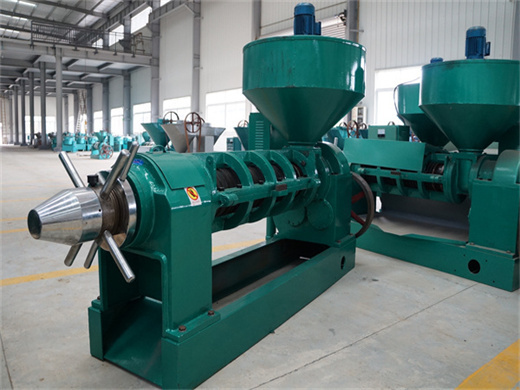
1999-08-24· A process for regenerating spent clay which includes: an extraction stage wherein an organic solvent or mixture of organic solvents are thoroughly mixed with the spent clay thus separating the entrained oil from the spent clay, a reactivation stage wherein the oil-free spent clay is treated with acid, and a thermal polishing step wherein the acid-treated, solvent-extracted spent
Get Price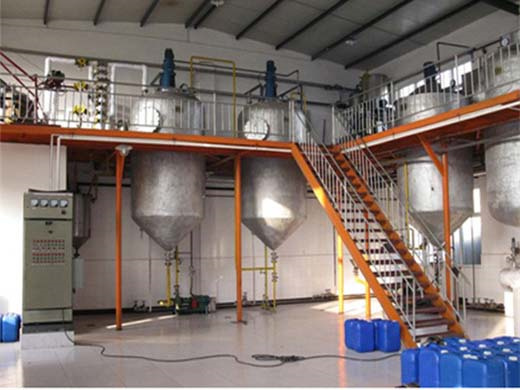
This process is used in clay polishing plants for waste oil re-refining and transformer oil regeneration systems for the reclamation of old transformer oil to as-new condition. Regeneration by chemical methods. Chemical methods of regeneration remove asphalt, silicic, acidic, some hetero-organic compounds and water from oils.
Get Price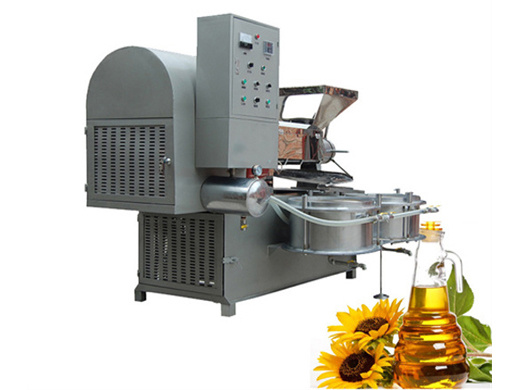
Used Lube Oil Re-Refining Process. Technology code ARS-703 – High Vacuum Distillation using Wiped Film Evaporation and Solvent Treatment Technology.. Lube Oil & Used Lube Oil. Lube Oil: Lubricating oil are viscous liquids used for lubricating moving parts of engines and machines.
Get Price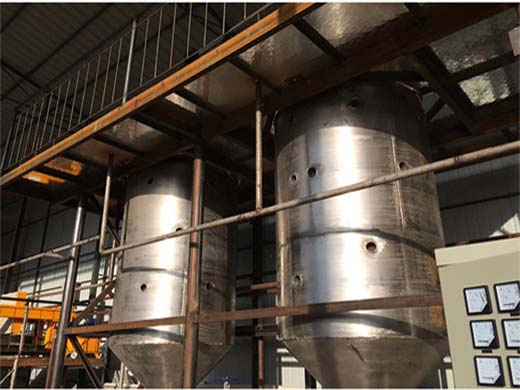
The white clay high-temperature refining process has disadvantages such as large amount of white clay, low oil recovery rate, severe equipment corrosion, and harsh operating conditions. In view of the problem of waste clay soil pollution, hydrogenation supplement refining technology came into being, replacing the original sulfuric acid-bearing clay refining process and has become the current
Get Price
A process for significantly decreasing the acid sludge settling time in waste oil recovery processes comprising the steps of heating used oil to a high temperature above 700 degrees Fahrenheit, cooling the heated oil, adding an oxidizing agent to the oil, allowing the acid sludge to settle within a period of approximately 24 to 72 hours, separating the acid-sludge-free oil from the acid sludge
Get Price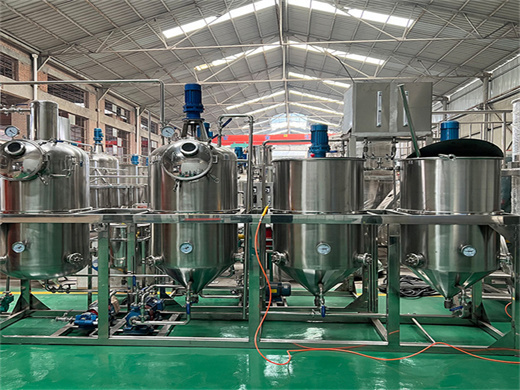
Conversely, higher lube oil prices in relation to fuel will enable re-refiners to com- pete successfully for scarce supplies of used lube oils. Re-Refining of Uaste Oil Nearly all re-refining plants in the United States use the acid-clay process for treating waste oils. In this process water is removed by dis- tillation. The water-free feed is
Get Price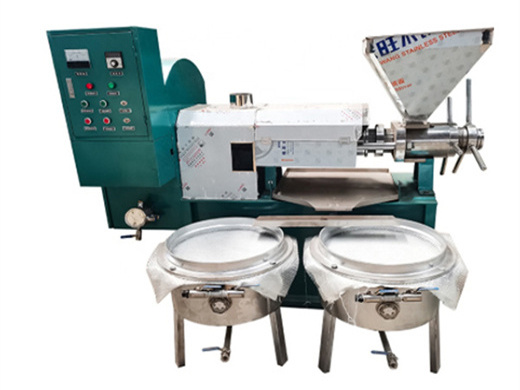
A method of subjecting the used lubricating oil to further refining by treating a distillate of lubricating oil with a small amount of caustic in the presence of a specific amount of water . A saline phase occurs which can be easily separated from the mixture to give a purified lubricating oil which has no unpleasant odor, is characterized by a low acidity index and is
Get Price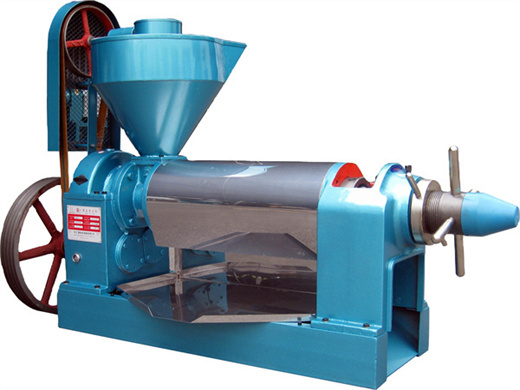
In the past various devices have been devised for carrying out the regeneration of spent clay. One of the first was merely an open hearth upon which the clay was spread and burned. Today there are three principal types of burners in general use. In the first type the clay falls or cascades over baffles set at about a 450 angle through a flue countercurrent to gases of combustion. In the second
Get Price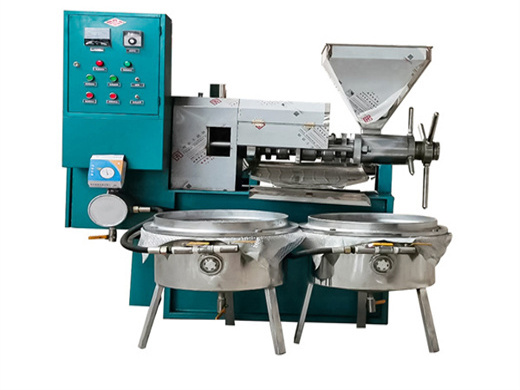
Re-refining of waste oil. Physico-chemical treatment of waste with calorific value. Physico-chemical treatment of solid and/or pasty waste. Regeneration of spent solvents. Water washing of excavated contaminated soil. Treatment of water-based liquid waste. Once every day. PFOA No EN standard available. All waste treatments. Once every six
Get Price
The refining process uses chemicals, catalysts, heat, and pressure to separate and combine the basic types of hydrocarbon molecules naturally found in crude oil into groups of similar molecules. The refining process also rearranges their structures and bonding patterns into different hydrocarbon molecules and compounds. Therefore it is the type of hydrocarbon before storage. Two or more beds are used alternately on an operating and regenerating cycle. The spent clay is regenerated by washing it with naphtha
Get Price
Re-refining of waste oil. Physico-chemical treatment of waste with calorific value. Physico-chemical treatment of solid and/or pasty waste. Regeneration of spent solvents. Water washing of excavated contaminated soil. Treatment of water-based liquid waste. Once every day. PFOA No EN standard available. All waste treatments. Once every six
Get Price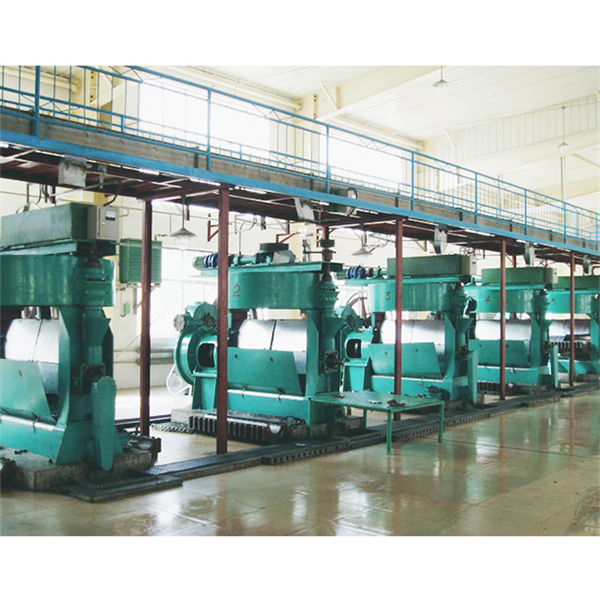
The oil & gas downstream industry has been facing an increasing number of challenges in recent years. These include the changing characteristics of the feedstock to be processed, aging of process facilities and equipment, rising cost of energy, lack of skilled plant operators who can run a refinery safely and efficiently, and the ever-changing requirements from both the market and the customer.
Get Price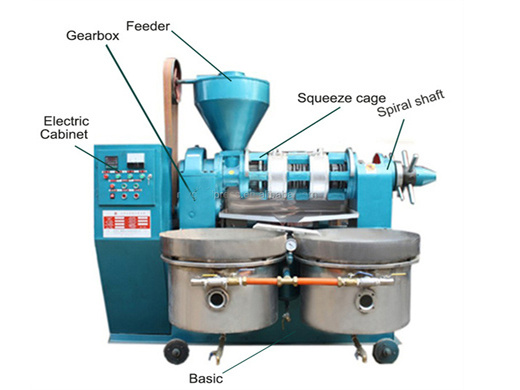
The flotation process, which is versatile, can separate minerals as large as 3.3 millimeters and as small as 5 microns and can handle minerals with a specific gravity as high as 19 and as low as 1.5 . The process can be used in a medium of almost pure water, seawater or saturated brines. Mineral separations have been made in water near freezing temperature, as well
Get Price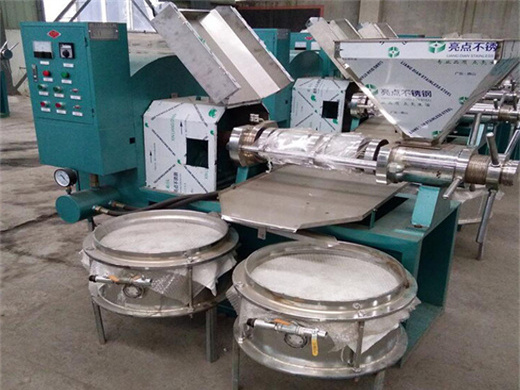
UOP CEO John Gugel Discusses Refining Trends with World Refining Association Listen Now My Account Log in to your account On general engineering, process technology and more. Honeywell Futureshapers . Learn how mustard seeds are fueling jets. Callidus Technologies. Energy-efficient technologies to meet new regulations . UOP Customer Contact Center As many of us are working to
Get Price










